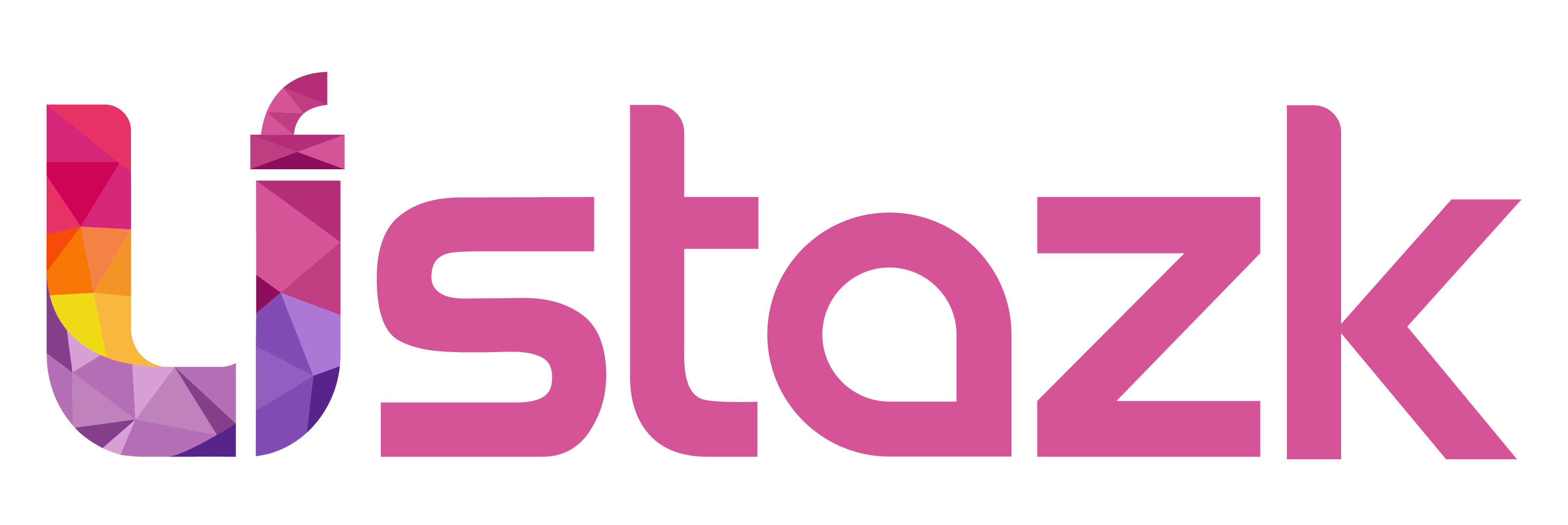Is Learning Online Is A Good Idea ?
The term ‘online learning’ is widely used but with a variety of meanings. For the purposes of this article, online learning refers to learning that is mediated by the Internet. It is wider than ‘networked learning’; while networked learning focuses on human-human connections (Banks et al. 2003; De Laat et al. 2007), online learning lacks such specificity. It is narrower than ‘eLearning’ and ‘digital education’ which include the full range of digital tools and resources, not just the Internet and a focus on digital competences development. In addition, online learning does not have the in-built claim to improvement that makes ‘technology-enhanced learning’ (TEL) (Laurillard and Masterman 2010; Kirkwood and Price 2014) a problematic phrase (Bayne 2015). In our postdigital reality, one can argue that ‘online’ is ceasing to be a helpful descriptor for students’ actual experiences (Fawns 2019), especially in the rich parts of the world, where Internet-connected devices are in such regular use, and the boundaries between learning and other strands of activity in everyday life have become so soft. However, the same cannot yet be said for ‘online teaching’ which comprises intentional support for other people’s learning, mediated by the Internet. The rapid closing-off of face-to-face educational work, in response to the Covid-19 pandemic, gave teachers a strong sense of the difference between online teaching and their other modes of operation. Experientially, online teaching is a recognisable category of working practices for many teachers (Goodyear 2002; Gonzalez 2009; Nilson and Goodson 2017).
For our purposes, online learning refers to a type of teaching and learning situation in which (1) the learner is at a distance from the tutor/instructor, (2) the learner uses some form of technology to access the learning materials, (3) the learner uses technology to interact with the tutor/instructor and with other learners and (4) some kind of support is provided to learners (Anderson 2011a). Much of teaching and learning in an online environment is similar to teaching and learning in any other formal educational context (Anderson 2011b). Online learning and teaching involve a diverse array of tools, resources, pedagogical approaches, roles, organizational arrangements and forms of interaction, monitoring and support—with many possible combinations of substitution and integration (Bates and Poole, 2003; Bullen and Janes 2007; Bach, Haynes and Smith 2007). Within this cornucopia of options, ‘the capacity for shifting the time and place of the educational interaction’ (Anderson 2011b: 344) stands out as a valued source of flexibility. From a postdigital point of view, online education has blurred boundaries between material, digital and human experience (Fawns 2019). In making the most of the opportunities afforded by online learning environments, instructional design and organization play an essential role (Anderson et al. 2001).
Instructional design (ID) and learning design (LD) can be characterized as ‘a process, or series of suggested steps, that teachers can use to plan, implement, and evaluate their instruction’ (Carr-Chellman 2016: xiv). Like any design process, ID and LD involve decision-making and problem-solving (Tennyson and Breuer 2010). They involve choice of strategies for creating particular products, e.g. lesson plans or instructional materials, as well as the implementation and management of the overall design process (Richey, Klein and Tracey 2011). Teachers as designers have to address both product-oriented and process-oriented aspects of strategic planning (Goodyear 2015). According to Bates (2019: 167), a good quality design is associated with ‘clear learning objectives, carefully structured content, controlled workloads for faculty and students, integrated media, relevant student activities, and assessment strongly tied to desired learning outcomes’.









 Saudi Arabia
Saudi Arabia  United Arab Emirates
United Arab Emirates  Kuwait
Kuwait  Jordan
Jordan  Palestine
Palestine  Egypt
Egypt  Lebanon
Lebanon  India
India  Oman
Oman  Bahrain
Bahrain  Morocco
Morocco  Serbia
Serbia  Germany
Germany  Pakistan
Pakistan  United Kingdom
United Kingdom  United States
United States  Singapore
Singapore  France
France  Slovakia
Slovakia  Czech Republic
Czech Republic  Spain
Spain  Indonesia
Indonesia  Syria
Syria